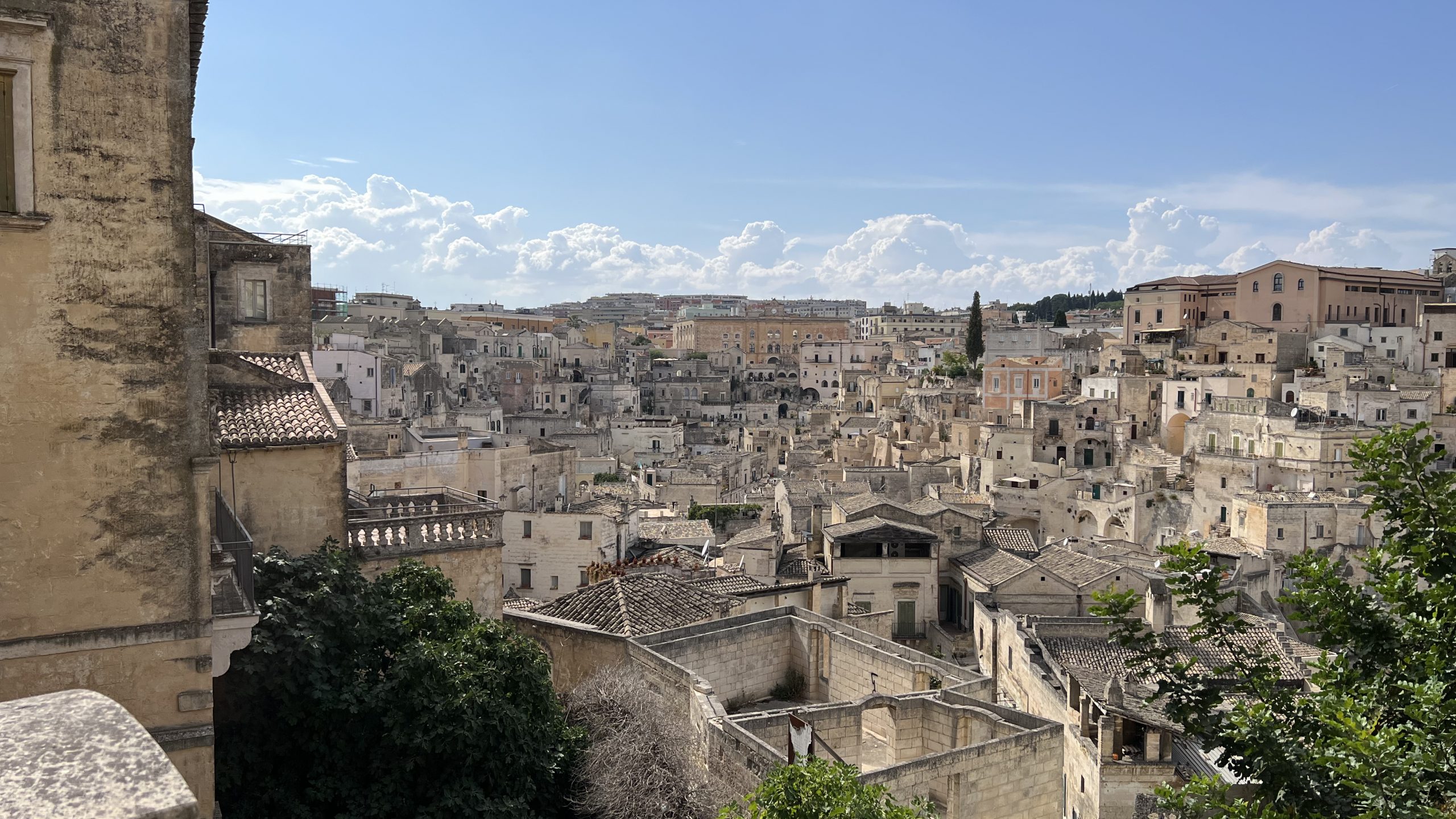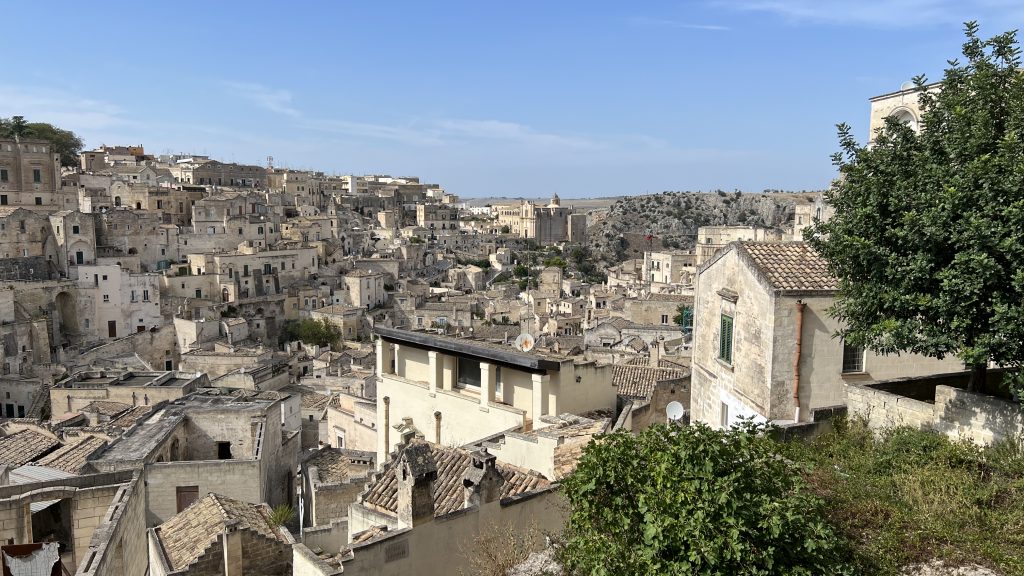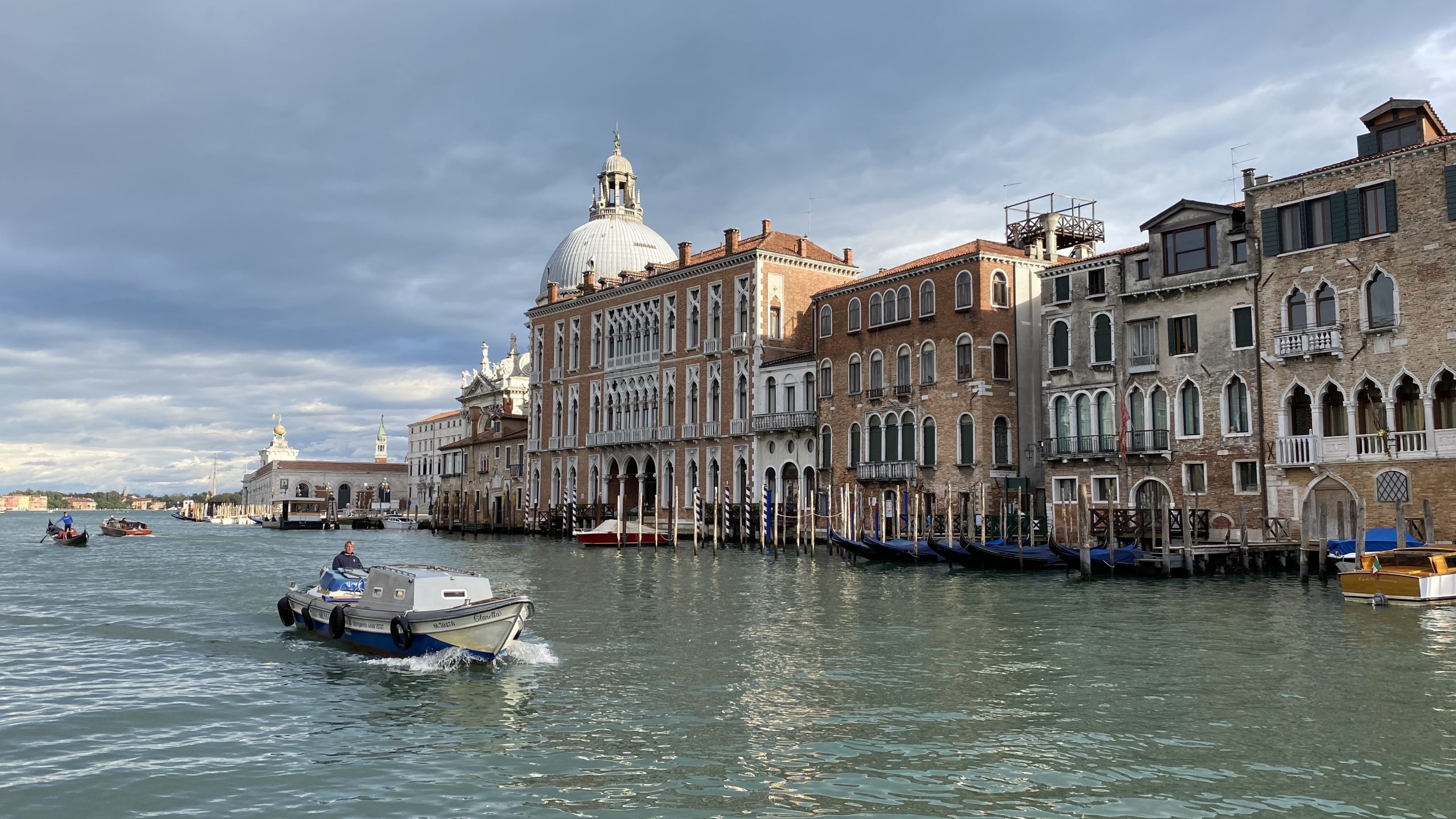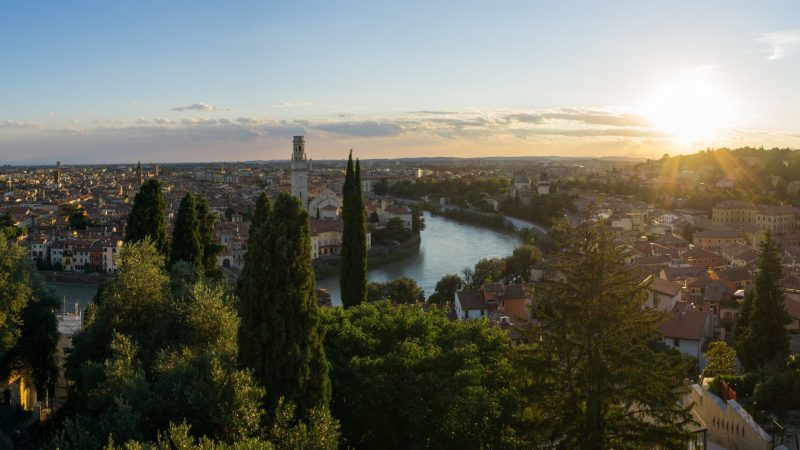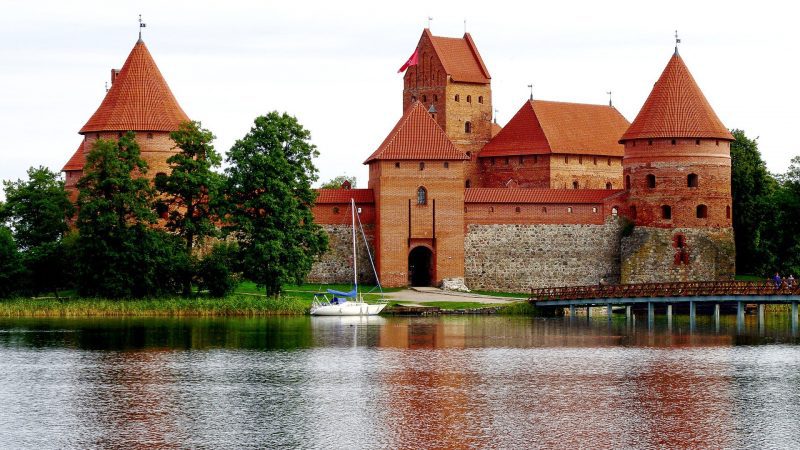In southern Italy’s Basilicata region (the arch of the boot) lies Matera, a captivating city built into a cliffside, which was once referred to as Italy’s “national shame”. One of the oldest continuously inhabited settlements in the world, the once prosperous city had fallen into such a state of poverty and disease that beginning in the 1950’s (but only completed in the 1970’s) the authorities gradually relocated the population to new housing nearby.
Matera was largely abandoned for about a decade after that, but in the late 1980’s restoration of the old city began. In 1993 it became a UNESCO World Heritage Site, and completing its rise from the ashes it was declared a European Capital of Culture in 2019.
Located along the Gravina River at the edge of a limestone plateau, Matera is divided into the upper settlement, known as the ‘civita’, and the other built into the rock face below and called the ‘sassi’. It is in the sassi where, once the political and economic elite of the civita moved away, the remaining (already poor) residents suffered through rather horrific living conditions. Today, it can be difficult to imagine such circumstances, as the rejuvenation of the sassi is so complete that Matera can only be described as a breathtakingly beautiful and unique place.
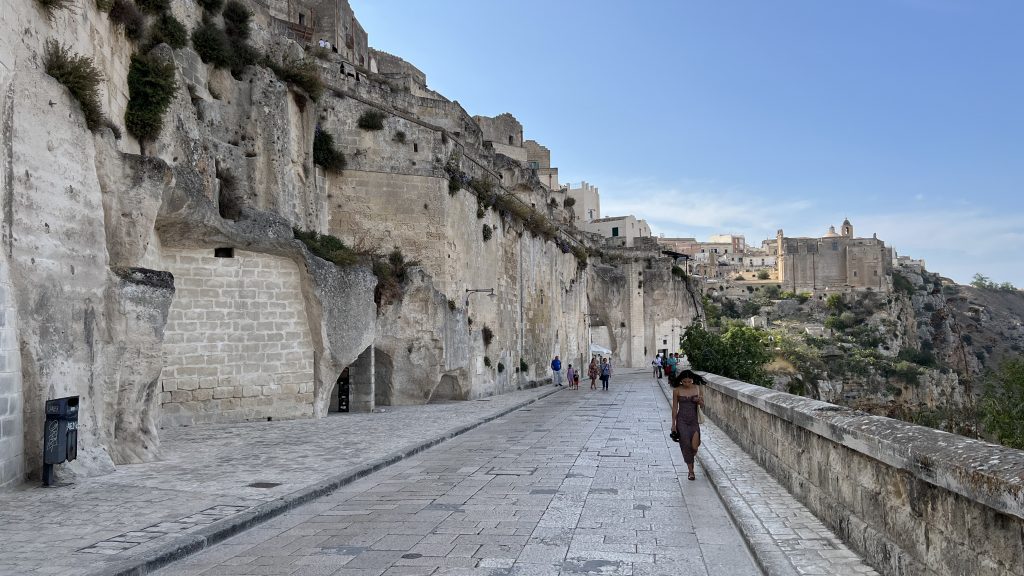
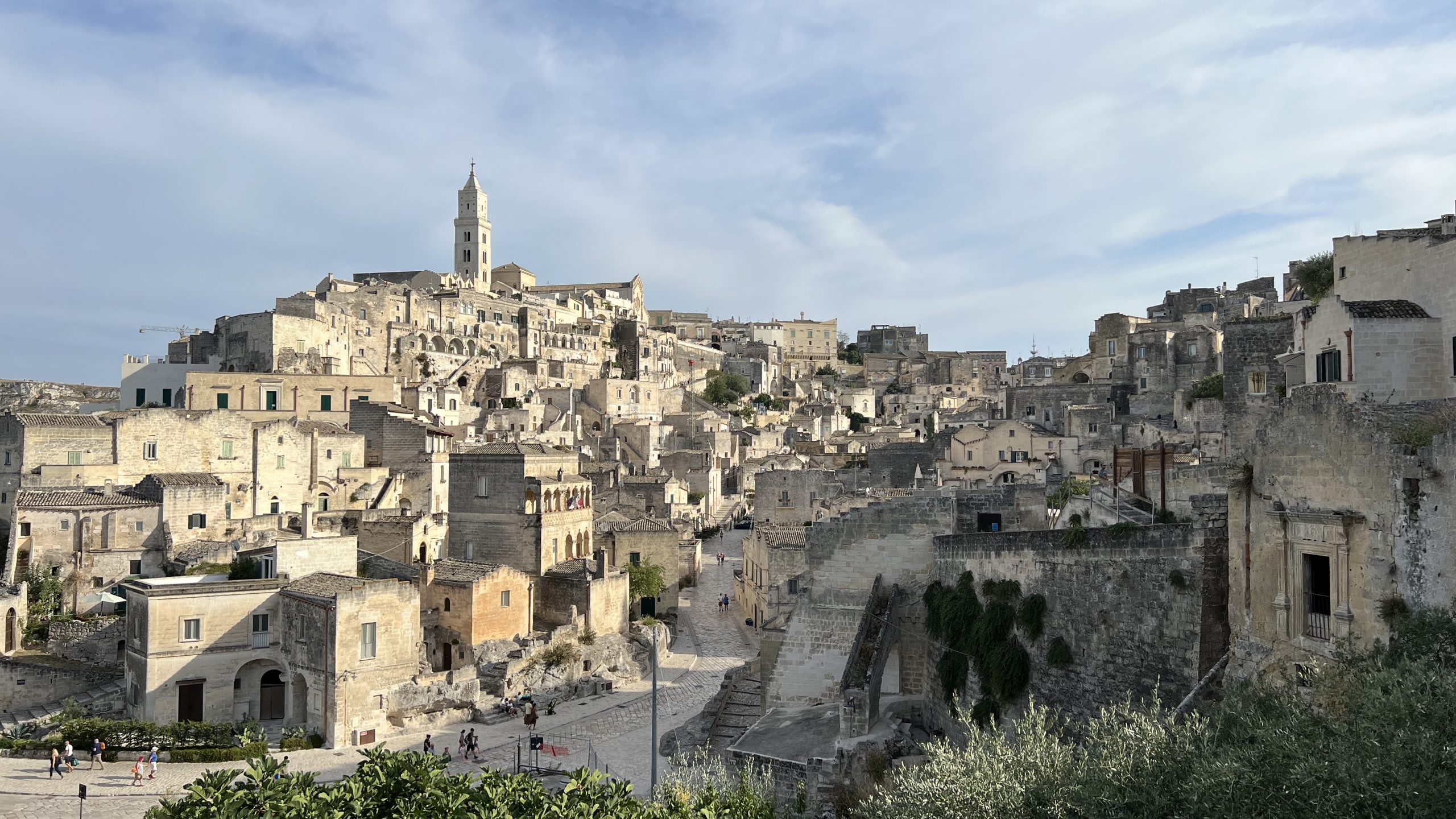
Besides wandering the streets and gawking at the views (do be ready for some stairs!) there are numerous churches you can visit, some carved directly from the rock. Several museums display artefacts of the time and portray what life was like in the sassi cave dwellings. Another museum, called Casa Noha, lacks the artefacts but gives a good historical overview of how things got so bad for the people living there, and how it was ultimately turned around.
Matera also features a lot of art, some in the form of outdoor sculptures (one by Dalí) and some housed in various museums and galleries. A nearby park (Parco della Murgia Materana) is also good for hiking and viewing the city from a different vantage point. There are some caves there which I didn’t have the chance to explore, but some of them contain very old chapels and others have terrific views. Some of these sites are closed off by gates but others can be entered.
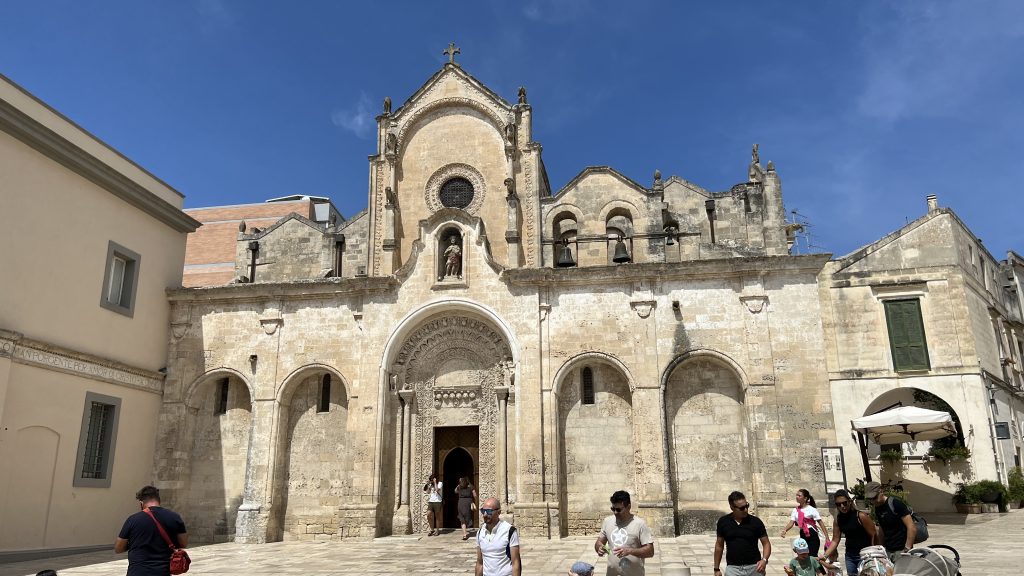
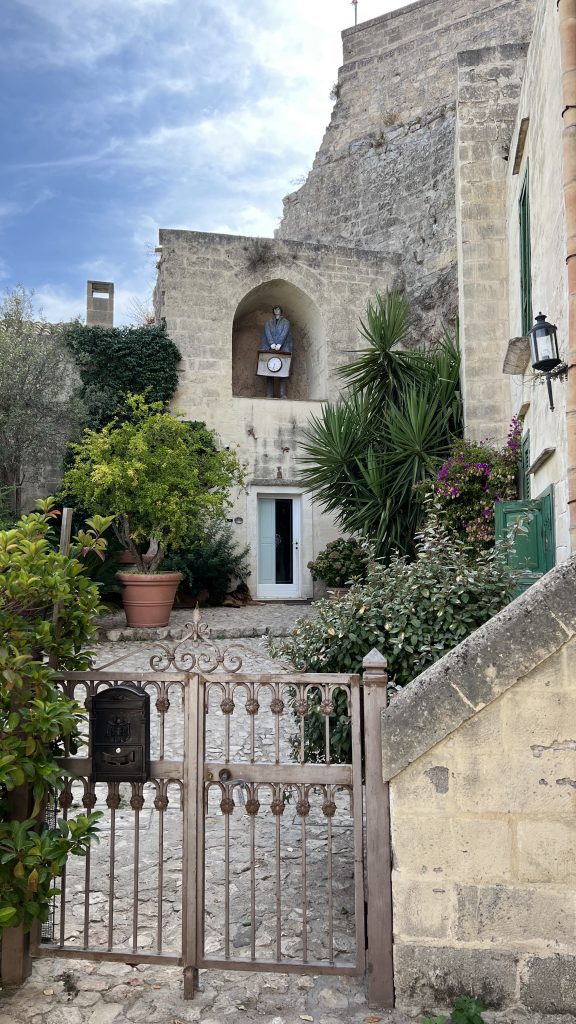
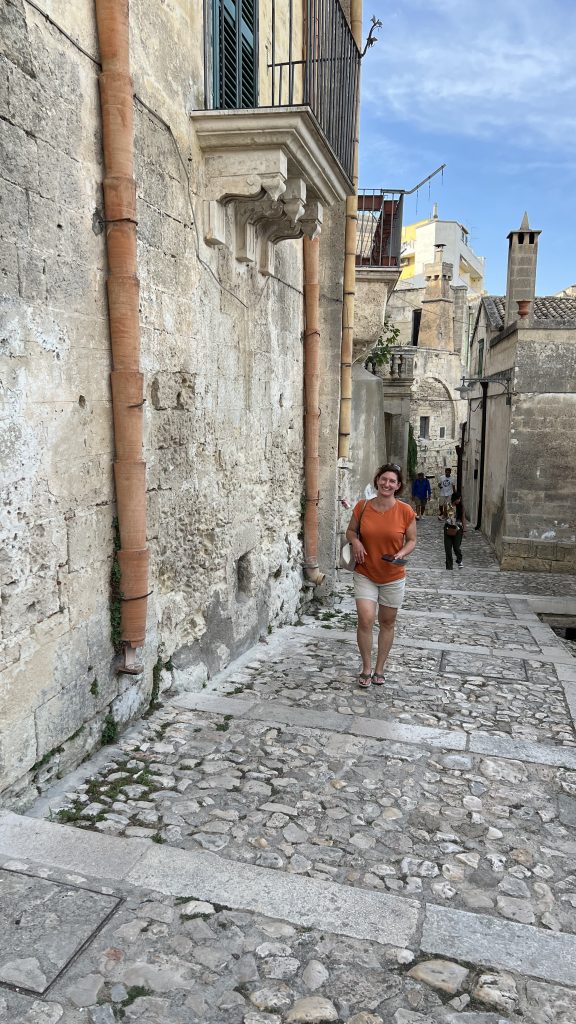
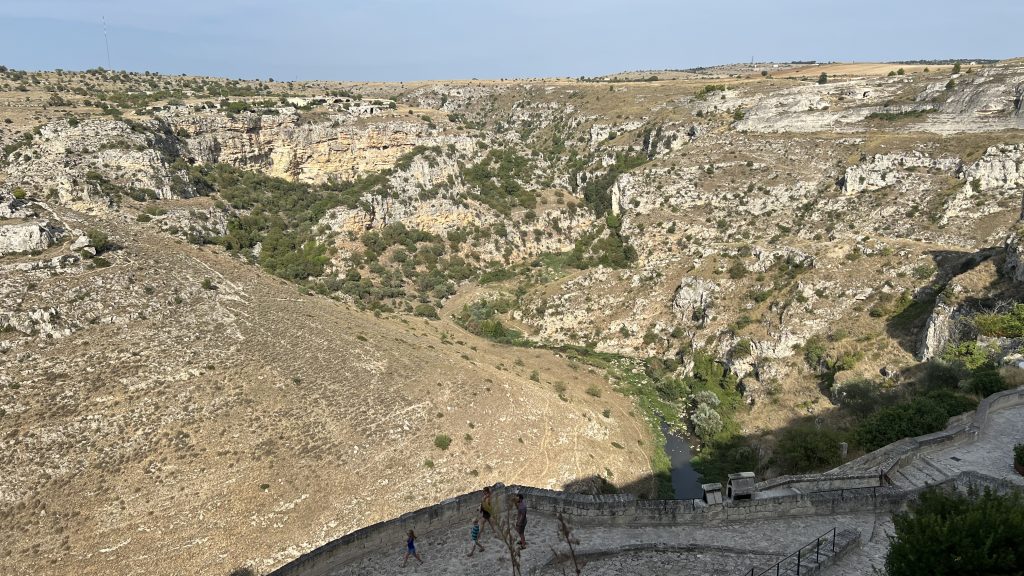
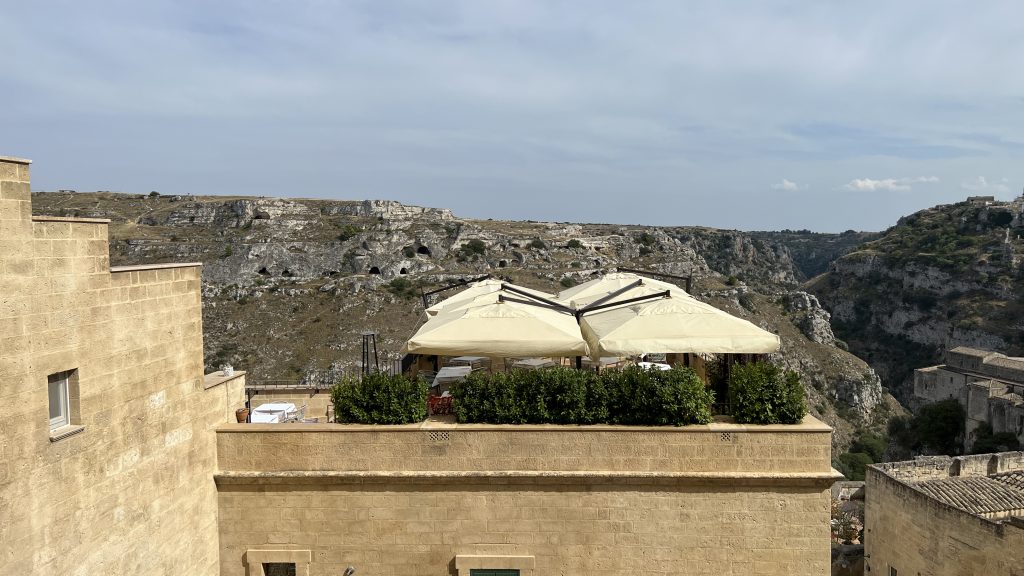
Matera has some great hotels and restaurants, quite a few of which are (of course) located in former sassi dwellings such as Palazzotto Residence & Winery…beautiful rooms and wine tastings under one arched cave roof, what’s not to love?!? For the slightly more budget-minded who still want the cool experience of sleeping in a sassi dwelling, try Il Giramondo Suite&Room.
There’s also an olive oil museum, with its very own underground press! I only visited for the day but wish I’d had longer, because I missed out on seeing Matera at sunset and by night…that’s got to be a beautiful sight to behold! You could easily spend two or three leisurely days just soaking in the beauty of the place and partaking in whatever activities interest you.
Getting there: the Matera Welcome website maintains information about the various ways to reach Matera by car, bus, train, plane or ship. Matera isn’t near any other major cities; Bari is closest at about an hour away by car, 90 minutes by train. That said, if you’re crossing through southern Italy between the heel and the toe of the boot, you’ll almost certainly pass nearby.
I’ve been to a lot of beautiful cities and hill towns in Italy, but Matera is in a league of its own. Its history and landscape are entirely unique, and from any angle it’s just so darn gorgeous that it’s hard to put down your camera. Stop in and enjoy a visit, you won’t regret it!
